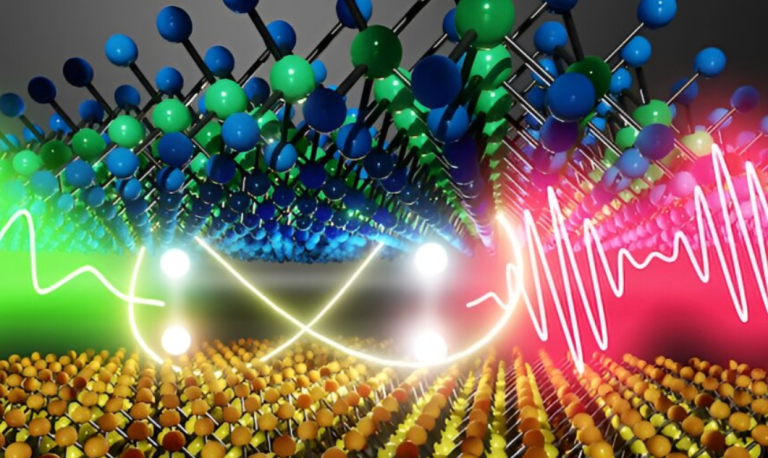Insider Brief
Kyoto University researchers have developed a technique to reduce Moiré excitons, enabling precise measurements of quantum coherence times, which are essential for advances in quantum technology. The study revealed that Moiré excitons maintain quantum coherence for more than 12 picoseconds at -269°C, a significant improvement over conventional two-dimensional semiconductors. The work lays the foundation for future experiments in quantum computing and next-generation nanosemiconductors.
Quantum technology relies on qubits, whose operation is affected by quantum coherence time. Scientists believe that Moiré excitons – electron-hole pairs trapped in overlapping Moiré interference fringes – could serve as quantum bits in future nanosemiconductors. Until now, however, limitations in focusing light have made it difficult to precisely measure these excitons due to optical interference.
Researchers at Kyoto University have developed a new technique to reduce Moiré excitons, enabling precise measurement of quantum coherence time. According to their findings published in Nature Communications, the quantum coherence of a single Moiré exciton is stable for more than 12 picoseconds at -269°C, significantly longer than that of excitons in conventional two-dimensional semiconductors. Moiré excitons trapped in interference fringes help maintain quantum coherence, enhancing the potential of quantum technology.
“We combined electron beam micromachining techniques with reactive ion etching. By applying Michelson interferometry to the luminescence signal from a single Moiré exciton, we were able to directly measure its quantum coherence time,” said Kazunari Matsuda of Kyoto University's Institute of Advanced Energy.
Matsuda said the project also plans to establish a springboard for the next stage of experiments to advance quantum computing and other quantum technologies in next-generation nanosemiconductors.
Featured image: Artist's rendering of moiré excitons in nanosemiconductors. Credit: Kyoto University/Matsuda Lab

